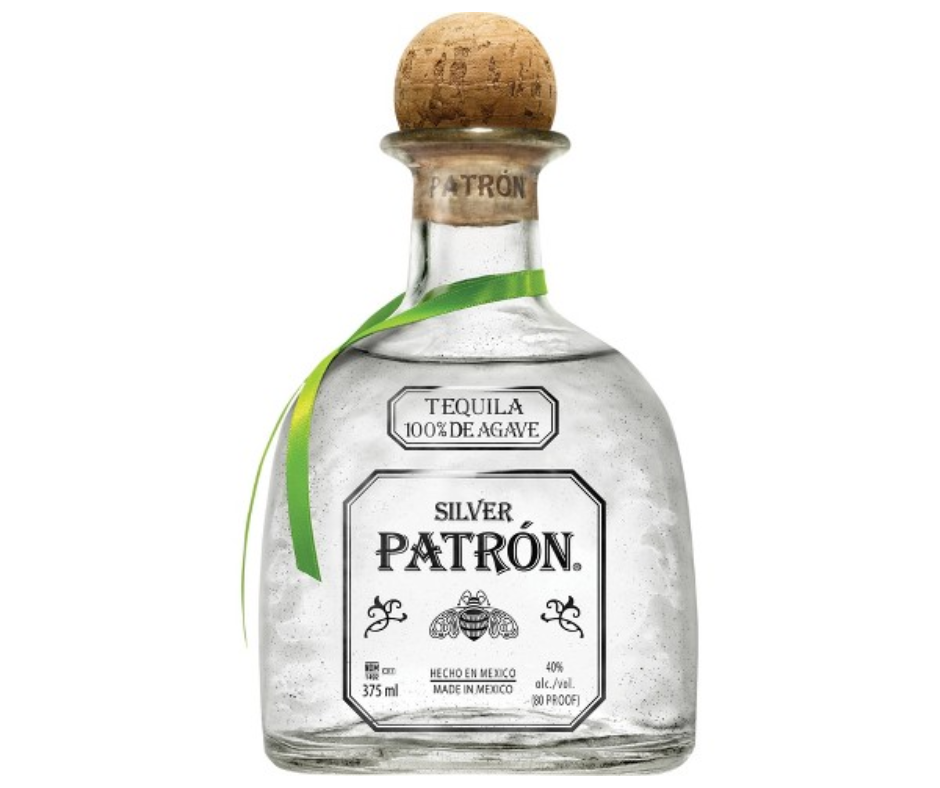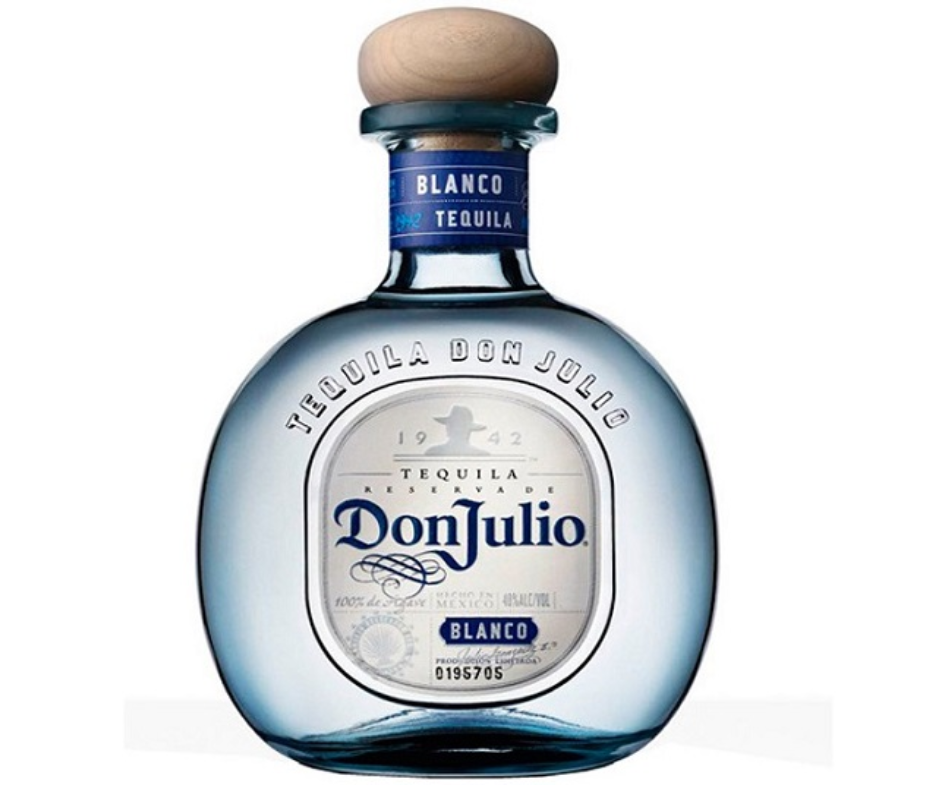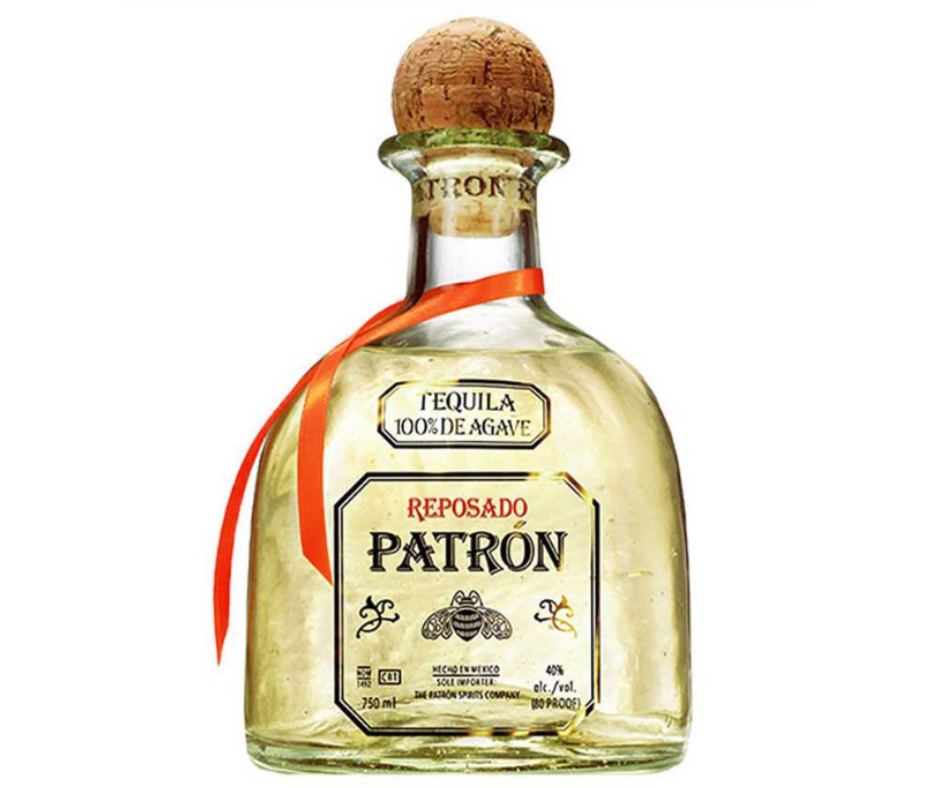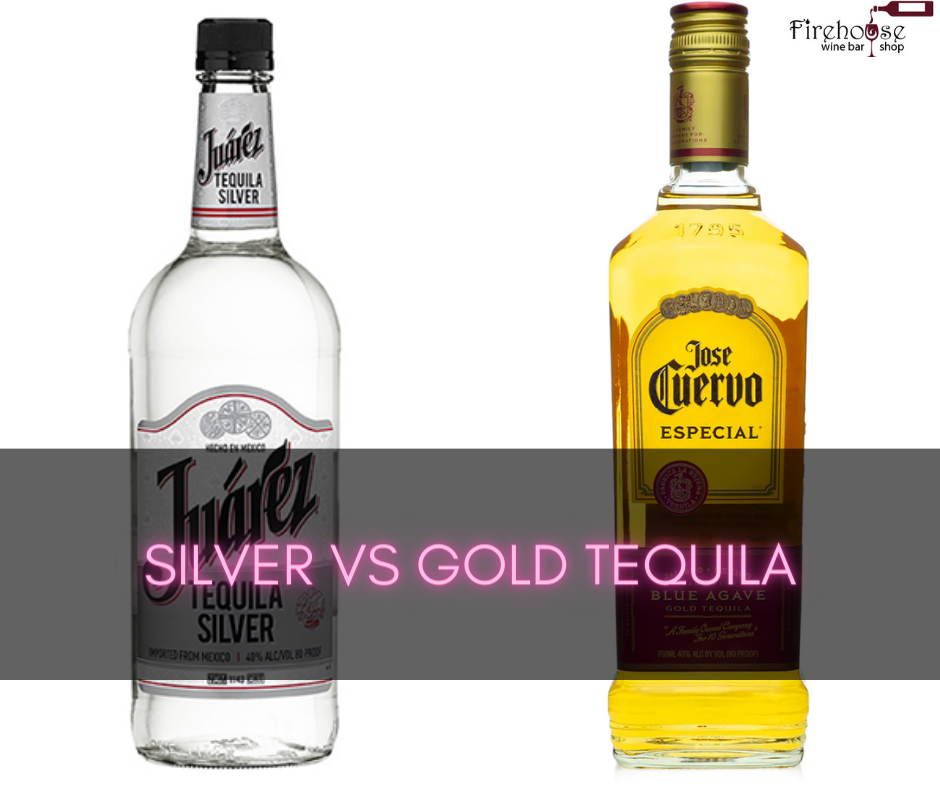Introduction
Tequila, the famous spirit originating from Mexico, is beloved by many for its unique flavor and versatility in cocktails. However, navigating Tequila’s various types and tiers can be daunting for both connoisseurs and casual drinkers. One common distinction in Tequila is the difference between Silver and Gold tequila. In this article, we will delve into the characteristics of Silver vs Gold Tequila and explore the factors that set them apart.
What Is Tequila?
Tequila is a distilled spirit made from the blue agave plant, which grows mainly in the Tequila region of Mexico. It is important to note that Tequila must legally be produced in Mexico and contain at least 51% blue agave. The production process involves harvesting the agave plants, cooking and fermenting the piñas (the plant’s core), and then distilling the liquid to create the final product.
The Importance Of Understanding Tequila Tiers
Understanding the differences between tequila tiers is crucial for anyone who wants to appreciate and enjoy this spirit fully. The main tequila tiers include Silver (also known as Blanco or White), Gold (also referred to as Joven or Oro), Reposado, Añejo, and Extra Añejo. Each tier has distinct characteristics, production methods, and aging periods that greatly impact the flavor and quality of the Tequila.
When it comes to Silver and Gold tequila, these tiers represent two different stages of the aging process. Silver Tequila is typically unaged or aged for a short period, while Gold tequila undergoes additional processes to give it a different flavor profile.

Silver (blanco) Tequila
Silver tequila, often called Blanco or White Tequila, is the purest form of Tequila as it is unaged or aged for a short period, usually less than two months. It is transparent in color and showcases the essence of blue agave, making it a favorite for tequila purists. Silver Tequila is known for its fresh and crisp flavor, with notes of citrus, pepper, and herbal undertones. It is commonly used in cocktails like margaritas, palomas, and tequila sunrises.
One of the benefits of Silver tequila is that it retains the natural flavors of the agave plant without the influence of aging in barrels. This makes it a great choice for those who prefer a clean and vibrant taste. Additionally, Silver Tequila tends to be more affordable compared to aged varieties, making it accessible to a wide range of tequila enthusiasts.
Characteristics Of Silver Tequila
Silver tequila, or Blanco or White tequila, is the purest form. It is typically unaged or aged for a short period, usually less than two months. One of the defining characteristics of Silver tequila is its transparent color, which allows the true essence of blue agave to shine through.
In terms of flavor, Silver tequila is known for its fresh and crisp taste. It often exhibits notes of citrus, pepper, and herbal undertones. The lack of aging in barrels allows the natural flavors of the agave plant to remain prominent, making it a favorite choice for tequila purists. Silver tequila’s vibrant and unadulterated taste makes it perfect for cocktails like margaritas, palomas, and tequila sunrises.
Another notable feature of Silver tequila is its affordability. Compared to aged varieties, Silver tequila tends to be more accessible and budget-friendly. This makes it a popular option for casual drinkers and tequila enthusiasts who want to enjoy the flavors of blue agave without breaking the bank.
How Is Silver Tequila Made?
The production process of Silver tequila is similar to that of other tequila varieties. It starts with harvesting blue agave plants, mainly grown in the Tequila region of Mexico. The heart of the agave plant, known as the ‘piña,’ is extracted, cooked, and fermented to transform the sugars into alcohol.
After fermentation, the liquid is distilled to create the final product. In the case of Silver tequila, the distillation process is often conducted in stainless steel or copper stills. This helps preserve the natural flavors of the agave and maintain its purity.
Once the distillation is complete, Silver Tequila is either bottled immediately or aged briefly in neutral barrels, such as oak or stainless steel, for a maximum of two months. This short aging period allows the Tequila to mellow slightly without significantly altering its flavor profile.
Overall, the production of Silver tequila focuses on preserving the freshness and true character of blue agave. By retaining the natural flavors and aromas of the agave plant, Silver tequila delivers a vibrant and authentic taste that appeals to enthusiasts worldwide.

Gold (joven) Tequila
Gold tequila, or Joven or Oro tequila, is distinguished by its golden or amber color. Unlike Silver tequila, Gold tequila often undergoes an aging process or blending with aged tequilas to achieve a different flavor profile. While some Gold tequilas may contain a small proportion of aged Tequila, others may use caramel coloring to achieve the golden hue.
Compared to Silver tequila, the aging process or blending in Gold tequila gives it a smoother and mellower taste. It may also exhibit vanilla, caramel, and oak flavors, thanks to the influence of barrels or aging techniques. Gold tequila is often preferred by those who enjoy a slightly richer and more complex flavor profile in their tequila cocktails.
Not all Gold tequilas are of the same quality, as some may use artificial additives or coloring agents to achieve the desired appearance. To ensure the highest quality, choosing Gold tequilas from reputable brands that prioritize genuine aging processes or selecting aged tequilas for blending is advisable.
Characteristics Of Gold Tequila
Gold tequila, also known as joven or reposado tequila, is a type of Tequila that has undergone a different aging process compared to silver tequila. Unlike silver tequila, gold Tequila is typically aged in oak barrels for a specific period, usually between two months and one year. This aging process imparts a golden color to the Tequila, giving it a distinct appearance.
In terms of flavor, gold tequila offers a more complex and mellow taste compared to silver tequila. The aging process allows the Tequila to absorb flavors and characteristics from the oak barrels, resulting in a smoother and richer profile. Gold tequilas may exhibit caramel, vanilla, spice, and wood notes, providing a more nuanced and sophisticated drinking experience.
Another notable characteristic of gold Tequila is its versatility. While silver Tequila is often preferred for cocktails, gold Tequila is an excellent choice for sipping neat or on the rocks. Its refined flavor profile and smoothness make it enjoyable to drink on its own, allowing you to savor the complexities of the aging process.
What Makes Gold Tequila Different From Silver Tequila?
The main difference in comparing Silver vs Gold Tequila lies in the aging process. While silver Tequila is typically unaged or aged for a short period, gold tequila undergoes a longer aging process in oak barrels. This aging imparts a golden hue and a more complex flavor profile to the Tequila.
The aging process also affects the texture of the Tequila. Gold tequila tends to be smoother and silkier on the palate, thanks to the interaction between the spirit and the oak barrels. This texture enhances the overall drinking experience, providing a more satisfying mouthfeel.
It is important to note that the aging process of gold Tequila can vary. Some gold tequilas are aged for a short period, similar to silver Tequila, while others are aged longer, leading to a deeper flavor profile. The aging period can significantly impact the taste and aroma of Tequila, so it is worth exploring different brands and aging options to find the one that suits your preferences.
While silver Tequila is often associated with a purer expression of the agave flavor, gold tequila balances the natural agave notes and the influence of oak aging. This balance results in a more complex and rounded tequila that appeals to enthusiasts and casual drinkers alike.
In conclusion, gold Tequila provides a different drinking experience than silver Tequila. With its golden color, refined flavor profile, and smooth texture, gold Tequila is a versatile option for sipping or enjoying cocktails. Whether you prefer the vibrant and unadulterated taste of silver Tequila or the complexity and richness of gold Tequila, understanding the differences between these tequila tiers allows you to explore and appreciate the unique characteristics of each variety. So, raise a glass of silver or gold tequila and savor the spirit of Mexico in every sip.

Silver vs Gold Tequila
Regarding Tequila, different tiers offer distinct taste profiles and versatile uses. The two most popular tiers are silver, blanco, and gold tequila. Understanding the differences when comparing Silver vs Gold Tequila can help you make an informed choice when selecting the right Tequila for your preferences and occasions.
Taste Profiles Of Silver And Gold Tequila
Silver tequila, often called Blanco, is known for its vibrant and unaged flavor. It is typically clear and colorless, allowing the natural flavors of the agave plant to shine through. Silver Tequila offers a crisp and fresh taste with distinct agave and citrus notes. This variety is favored by tequila purists who appreciate the purity and authenticity of the agave flavor.
In contrast, gold Tequila, or joven or reposado, is aging in oak barrels. This aging imparts a golden hue to the Tequila and infuses it with additional flavors and characteristics. Gold tequila offers a more complex and mellow taste than silver tequila, with caramel, vanilla, spice, and wood notes. The aging process results in a smoother and richer profile that appeals to those seeking a more nuanced drinking experience.
The choice between silver and gold tequila ultimately depends on personal preference. If you enjoy the vibrant and unadulterated taste of the agave plant, silver Tequila is the way to go. On the other hand, if you prefer a tequila with added complexity and a smoother mouthfeel, gold Tequila is the perfect choice.
Best Uses For Silver And Gold Tequila
When you compare Silver vs Gold Tequila, both have unique uses in cocktails and sipping. Understanding the best uses for each variety can help you maximize your tequila experience.
Silver Tequila is commonly used in cocktails due to its bright and crisp flavor. It pairs well with citrus flavors and is a key ingredient in classic cocktails such as the Margarita and Paloma. The vibrant agave notes of silver Tequila can cut through other ingredients and bring a refreshing balance to cocktails. Its clear color makes it a versatile choice for visually appealing mixed drinks.
Gold tequila, on the other hand, is often regarded as a sipping tequila. The aging process in oak barrels gives it a smoother texture and a more complex flavor profile, making it enjoyable to drink on its own or over ice. Gold tequila is perfect for those who want to savor the complexities of the aging process and appreciate the nuances of the spirit. It can also be used in cocktails when a richer and deeper flavor profile is desired.
In conclusion, silver and gold Tequila offer distinct taste profiles and versatile uses. Silver Tequila is known for its vibrant and unaged flavor, making it ideal for cocktails that require a crisp and fresh taste. On the other hand, gold Tequila is aged in oak barrels, resulting in a more complex and mellow flavor profile perfect for sipping or adding depth to cocktails. Whether you prefer the purity of silver Tequila or the richness of gold Tequila, exploring the differences between these tequila tiers allows you to appreciate the unique characteristics of each variety. So, raise a glass of silver or gold tequila and savor the spirit of Mexico in every sip.
Conclusion
Choosing The Right Tequila For Your Preference
Now you should know how to compare Silver vs Gold Tequila. Regarding Tequila, choosing between silver and gold depends on personal preference. Silver tequila (blanco) is the way to go if you enjoy vibrant and unadulterated flavor. It offers a crisp and fresh taste with distinct agave and citrus notes. Silver Tequila is commonly used in cocktails and pairs well with citrus flavors. Its clear color makes it a versatile choice for visually appealing mixed drinks.
On the other hand, if you prefer a tequila with added complexity and a smoother mouthfeel, gold tequila (joven or reposado) is the perfect choice. The aging process in oak barrels gives it a golden hue and infuses additional flavors such as caramel, vanilla, spice, and wood. Gold tequila is often regarded as a sipping tequila and can be enjoyed on its own or over ice. It can also be used in cocktails when desired with a richer and deeper flavor profile.
Final Thoughts On Silver Vs. Gold Tequila
Understanding the differences between silver and gold tequila allows you to appreciate the unique characteristics of each variety. Whether you prefer the vibrant and unaged flavor of silver Tequila or the complexity and richness of gold Tequila, both offer distinct taste profiles and versatile uses. Exploring the world of tequila tiers, whatever your preference, opens up a whole new realm of sensory experiences. So, raise a glass of silver or gold tequila and savor the spirit of Mexico in every sip. Cheers!
FAQ: Silver vs Gold Tequila – Tequila Tiers: Understanding the Differences Between Silver and Gold
Q: What is silver Tequila?
A: Silver tequila, or blanco or white Tequila, is a clear and transparent alcohol commonly found in most bars or liquor stores. It resembles vodka in terms of its completely clear appearance.
Q: What is gold Tequila?
A: Gold tequila is typically silver with wood and caramel color added, similar to most dark spirits. This addition of color gives gold Tequila a golden hue. While it may have more flavor than silver tequila, it is not always made entirely from 100 percent agave.
Q: How does the gold color in Tequila come about?
A: The gold color in Tequila can come from two sources. Firstly, the Tequila can be aged in barrels, which imparts a brownish hue. Alternatively, caramel or coloring agents are often added to achieve the desired golden shade.
Q: When should I choose silver tequila over gold Tequila?
A: Silver tequila is a popular choice for cocktails, where you want the flavor of the Tequila to shine through without any added color or flavors. It is often preferred in drinks such as margaritas.
Q: Why do people prefer gold Tequila for margaritas?
A: The sweet and smooth notes of gold Tequila can complement the flavors in a margarita, especially when made as a frozen concoction. However, if you enjoy a particular brand of silver Tequila, feel free to use it in your margarita.
Q: Can I mix silver and gold tequila for a cocktail?
A: You can mix silver and gold tequila to create a unique blend of flavors. This is commonly done by combining a silver tequila with a top-shelf aged tequila. Experimenting with different combinations can add complexity to your cocktails.
Q: Is there a right or wrong tequila to use in a cocktail?
A: Ultimately, there is no right or wrong tequila to use in a cocktail. It depends on your personal preference and the desired flavor profile. Both silver and gold tequila have unique characteristics and can be enjoyed in various mixed drinks.
Q: Can I drink silver or gold tequila straight?
A: While some tequilas are meant to be sipped and enjoyed straight, others are more suitable for mixing in cocktails. It’s best to read the label or do some research to determine your intended use of Tequila.
Remember, whether you choose silver or gold tequila, the most important thing is to enjoy responsibly and savor the flavors in moderation. Cheers!

Andre Lotz immigrated to the United States from South Africa almost 20 years ago. Still, he didn’t feel truly at home until he settled in Mobile—a city that reminds him of his childhood home of Fish Hoek on the southern cape of Africa.

